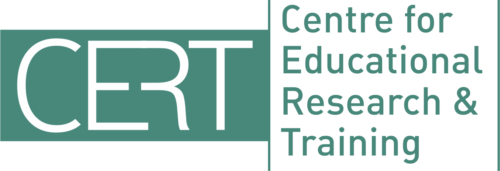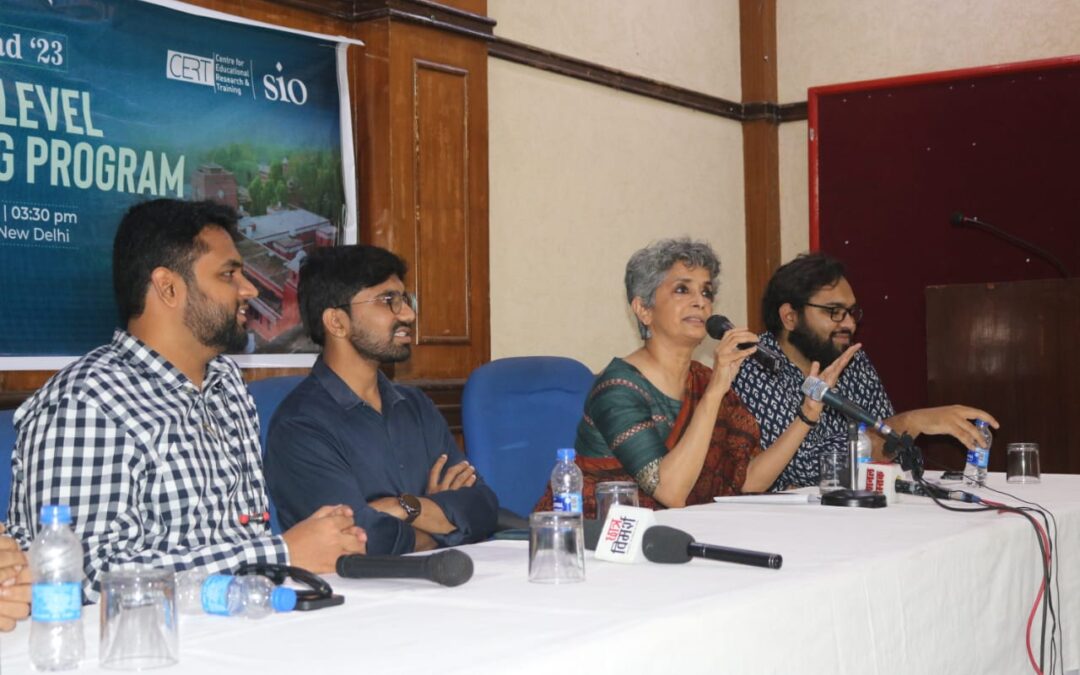New Delhi: Shiksha Samvad ’23, a nationwide initiative focused on addressing educational disparities and promoting equal opportunities in the field of education, jointly organised by Students Islamic Organisation (SIO) and Centre for Educational Research & Training (CERT), was launched in a program held at Press Club of India, New Delhi on 20th June. The program aimed to address the declining enrollment rate of Muslims and bridge the gap through Shiksha Samvad ’23.
“Education, as a transformative process that fosters rational thinking and unlocks opportunities, should be accessible to all individuals. However, the recent AISHE Survey 2020-21 has exposed a disheartening reality. While the enrollment of Scheduled Castes, Scheduled Tribes, and Other Backward Classes in higher education has shown improvement at 4.2%, 11.9%, and 4%, respectively, the enrollment of Muslim students has witnessed an alarming 8% drop, equivalent to approximately 180,000 students, compared to the previous year,” said Professor Nivedita Menon. She also emphasized the underlying causes of this concerning decline, stating, “The biased labor market, as revealed by the Centre for Monitoring Indian Economy report, reflects discriminatory practices that result in lower employment rates among Muslims. Furthermore, the increasing violence faced by the community has severely restricted their mobility, leading to a process of ghettoization, hindering their access to quality education.”
Fawaz Shaheen, a researcher associated to Quill Foundation, addressed the inadequate representation of Muslim teachers in higher education institutions, as highlighted by the AISHE survey findings, further compounding the issue. “While teachers from the General Category comprise 56% of the total, OBC, SC, and ST teachers account for 32%, 9%, and 2.5%, respectively, with only 5.6% representing the Muslim community. Gender disparity is also evident, with 75 women teachers for every 100 male teachers, whereas female representation among Muslim teachers stands at only 59 women per 100 male Muslim teachers. Non-teaching staff also exhibit significant gender imbalances, with the Muslim community having the lowest female-to-male ratio at 34 females per 100 males,” he explained.
Drawing attention to the Sachar Committee Report submitted in 2006, which highlighted the educational status of Muslims as comparable to, if not worse than, that of the country’s most disadvantaged communities, Abdullah Faiz, National Secretary of SIO, emphasized the pressing need for immediate action. “The current dropout rate of Muslim students stands at 23.1%, surpassing the national average, necessitating focused policies and programs to uplift and support Muslim students in their pursuit of higher education,” he stated.
Further, Dr. Roshan Mohiddin, Director of CERT, explained the comprehensive set of initiatives undertaken by Shiksha Samvad to address these educational disparities. “From round table meets and career guidance programs to skill development workshops, scholarship assistance, and mentorship programs, the event strives to create a supportive ecosystem that empowers students and bridges the existing gaps,” he elaborated by highlighting the key demands to the government that need to be addressed with immediate effect: Restoration of the MANF, inquiry into the declining enrollment rate of Muslims, Establishment of universities in Minority Concentrated Districts (MCDs) such as Kishanganj, Sambhal etc should be addressed immediately and Strict enforcement of anti-discrimination measures in educational institutions, Prevention of the saffronization of education, Implementation of effective strategies to promote enrollment rates among the Muslim community.








